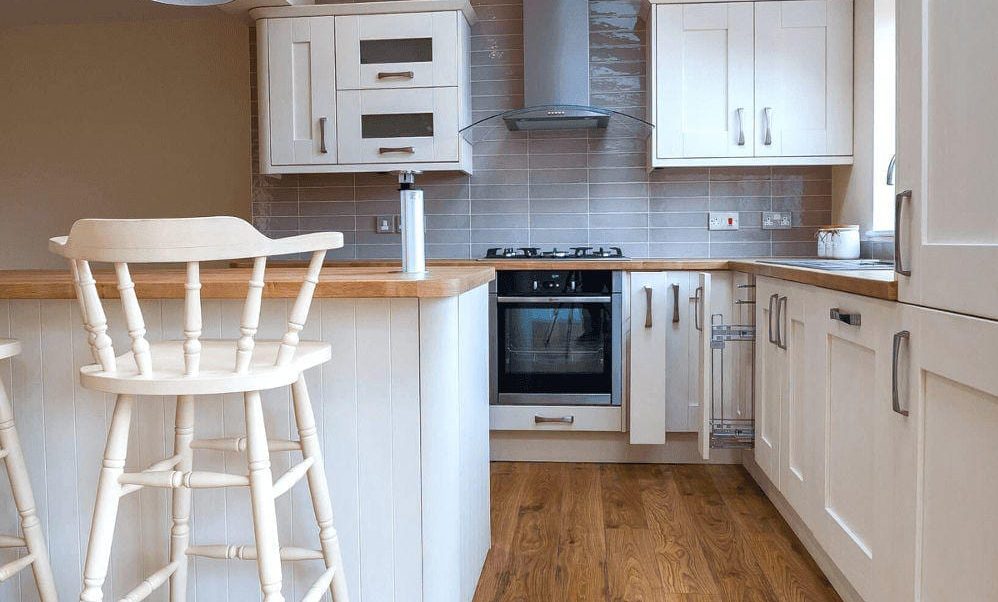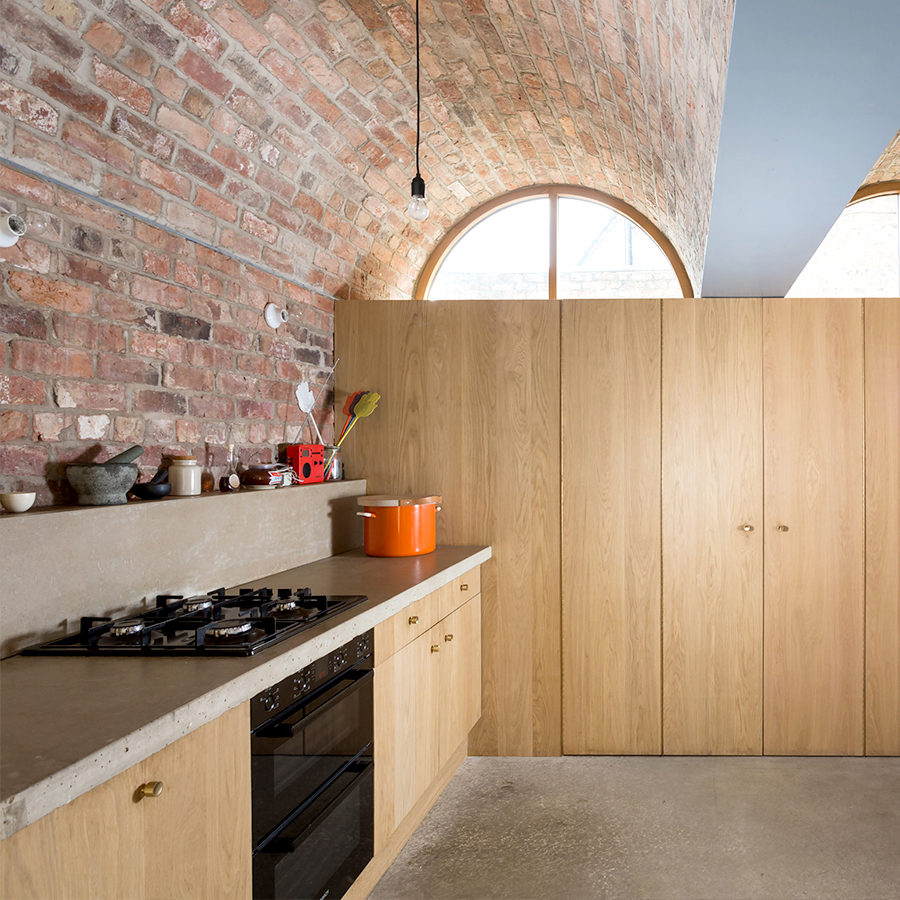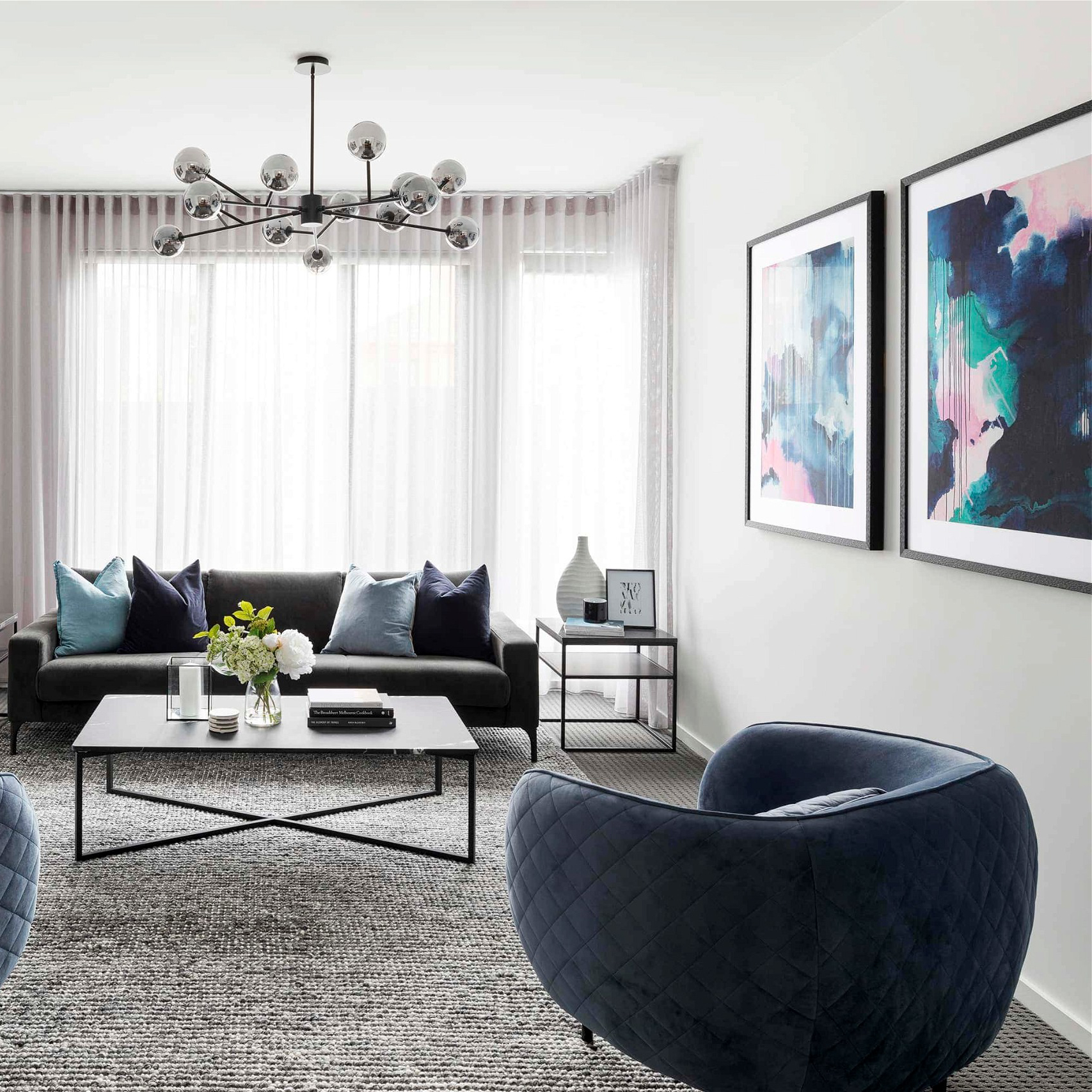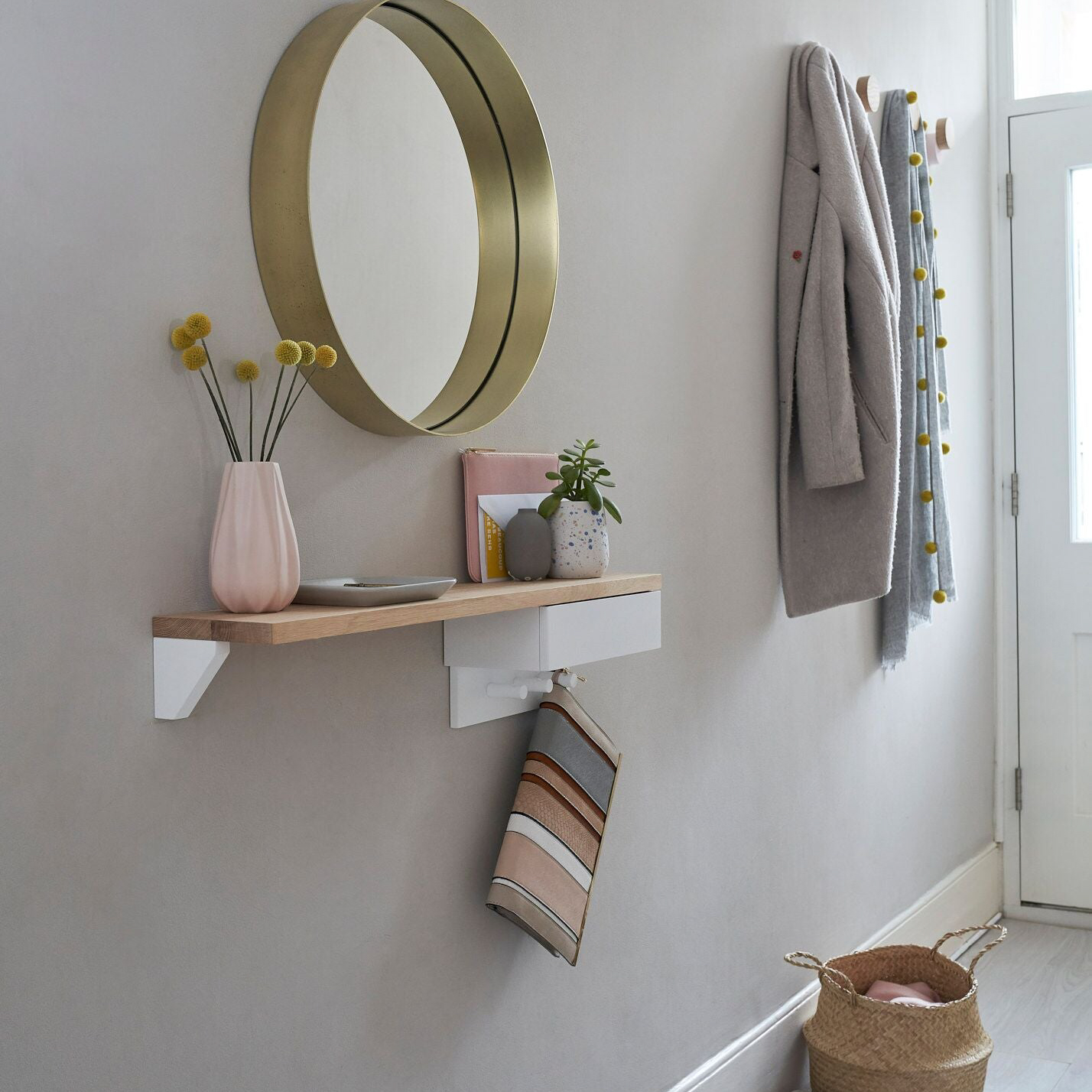Introduction
A false ceiling, also known as a dropped ceiling, suspended ceiling, or secondary ceiling, is a popular design feature that conceals the structural ceiling and provides additional benefits such as acoustics, insulation, and lighting. False ceilings are commonly used in commercial buildings, but they have also gained popularity in residential spaces. False ceilings can be made from a variety of materials such as gypsum, metal, wood, or plasterboard. In this article, we will dive into the aesthetics and functionality of room false ceiling design.
Aesthetics of Room False Ceiling Design
False ceilings offer limitless design possibilities when it comes to aesthetics. They can be used to create striking visual effects or blend seamlessly into the surrounding decor. Here are some popular false ceiling designs:
Patterned Ceilings
Patterned ceilings are a popular choice for adding visual interest to a room. They can be as simple or intricate as desired, and can be customized to fit the theme of the room. For instance, a geometric pattern might work well in a modern, minimalist environment, while an ornate floral pattern might suit a more traditional space.
Coffered Ceilings
Coffered ceilings add depth and dimension to a room. They are created by dividing the ceiling into a grid of recessed panels, which can be square, rectangular or other shapes. Coffered ceilings can be painted or finished differently from the rest of the ceiling to create a dramatic effect.
Backlit Ceilings
Backlit Ceilings offer a unique and futuristic look to a room. They are created by installing LED lights in the false ceiling, which are then covered with a translucent material to diffuse the light evenly. Backlit Ceilings can be used to create an ambiance in the room, and can be controlled by a remote or a switch.
Functionality of Room False Ceiling Design
In addition to aesthetics, room false ceilings offer several functional benefits, including:
Acoustics
False ceilings are often used for acoustic purposes in music rooms, studio rooms, and home theaters. They help isolate the sound from the surrounding rooms, and also reduce echoes and reverberations.
Insulation
False ceilings are great for thermal insulation as well. They can help keep the room cooler in summer and warmer in winter by preventing heat transfer.
Lighting
False ceilings are great for ambient lighting, as they can be fitted with multiple light fixtures, at different levels, for an even, aesthetically pleasing distribution of light.




